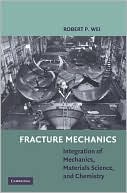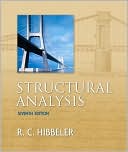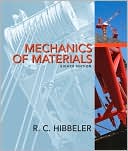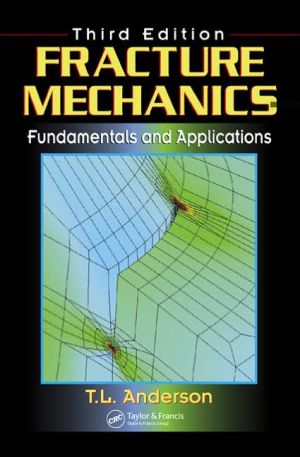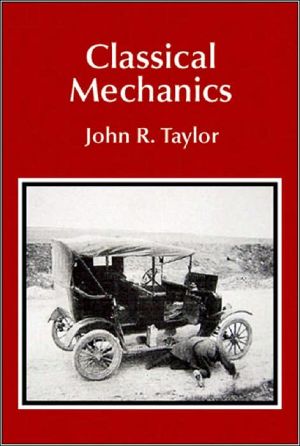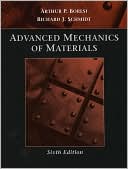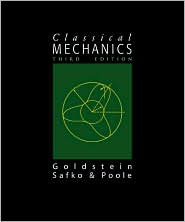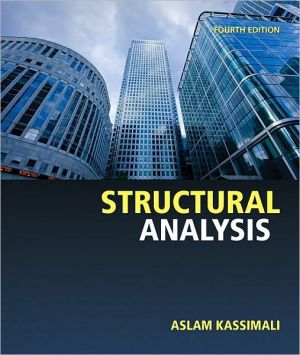Fracture Mechanics: Integration of Mechanics, Materials Science and Chemistry
Search in google:
Fracture and "slow" crack growth reflect the response of a material (i.e., its microstructure) to the conjoint actions of mechanical and chemical driving forces and are affected by temperature. There is therefore a need for quantitative understanding and modeling of the influences of chemical and thermal environments and of microstructure, in terms of the key internal and external variables, and for their incorporation into design and probabilistic implications. This text, which the author has used in a fracture mechanics course for advanced undergraduate and graduate students, is based on the work of the author's Lehigh University team whose integrative research combined fracture mechanics, surface and electrochemistry, materials science, and probability and statistics to address a range of fracture safety and durability issues on aluminum, ferrous, nickel, and titanium alloys and ceramics. Examples from this research are included to highlight the approach and applicability of the findings in practical durability and reliability problems.
1 Introduction 12 Physical Basis of Fracture Mechanics 93 Stress Analysis of Cracks 264 Experimental Determination of Fracture Toughness 505 Fracture Considerations for Design (Safety) 726 Subcritical Crack Growth: Creep-Controlled Crack Growth 867 Subcritical Crack Growth: Stress Corrosion Cracking and Fatigue Crack Growth (Phenomenology) 1038 Subcritical Crack Growth: Environmentally Enhanced Crack Growth under Sustained Loads (or Stress Corrosion Cracking) 1209 Subcritical Crack Growth: Environmentally Assisted Fatigue Crack Growth (or Corrosion Fatigue) 15810 Science-Based Probability Modeling and Life Cycle Engineering and Management 183App Publications By R. P. Wei and Colleagues 199
